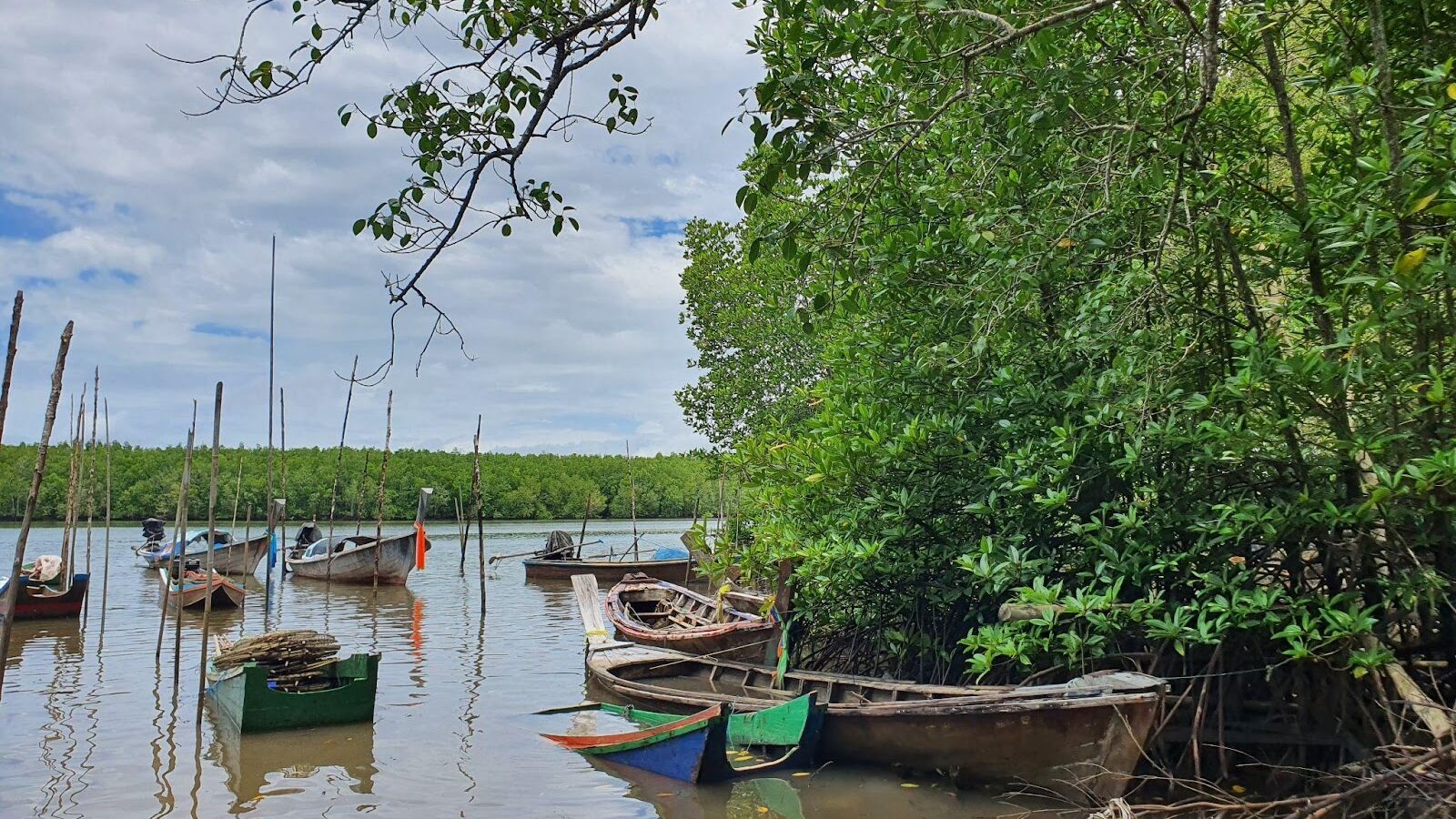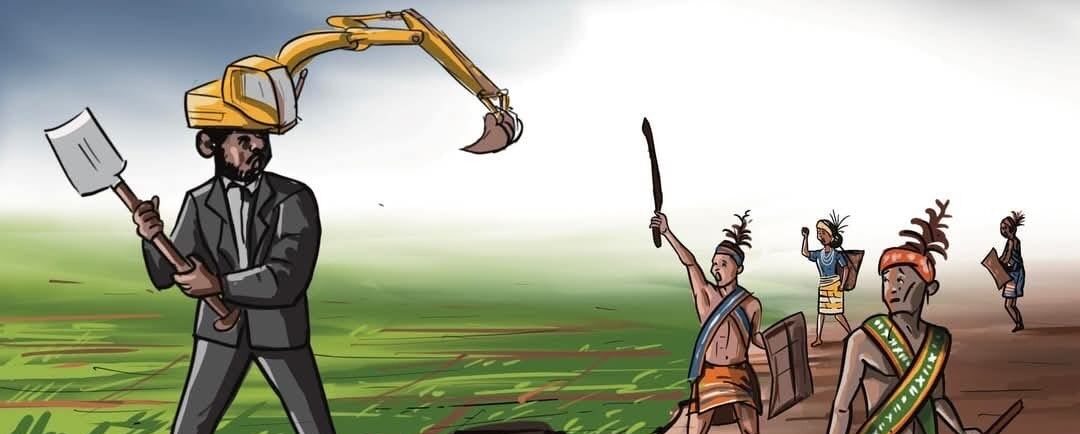Mangroves are critical coastal ecosystems found in tropical and subtropical regions worldwide. These unique intertidal forests significantly maintain ecological balance, protect shorelines and support livelihoods. Mangroves consist of the mangrove tree, a shrub or tree, that grows mainly in coastal saline or brackish water. The mangroves in Asia represent some of the most extensive and diverse mangrove ecosystems globally. Southeast Asia holds approximately one-third of the world’s mangrove forests. Countries such as Indonesia, Thailand, Myanmar, Malaysia, the Philippines, and Vietnam are key regions with significant mangrove cover. These forests provide critical ecological services, including habitat for numerous species, coastal protection against erosion and storm surges, and carbon sequestration.
As of 2020, 14.93% of the 2,139,308.93 km total coastline of the planet is designated as being mangrove forests. This equates to 147,358.99 km² or 14,735,899.10 hectares (ha). Thailand accounts for less than 0.02% of this value (2,480 km and 277,923 ha).
Click here to view and download the Report.
####
Follow K4D on Facebook, Instagram and LinkedIn for more posts about mangrove conservation and carbon financing programs.




